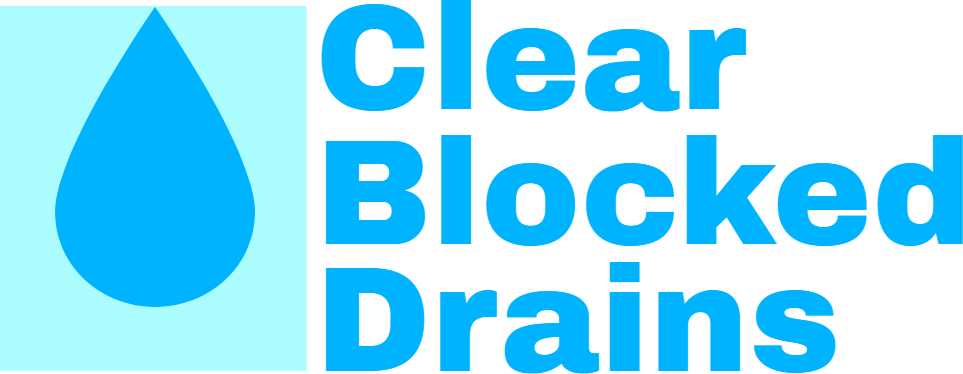 Dealing with Wet Wipes
Dealing with Wet Wipes
Baby wipes, are a life-saver. There’s really no more efficient way to clean up after a – ahem – messy situation. Sensitive to skin, and hygienic, a wet wipe can come in handy in any number of baby-cleansing scenarios. However – there are some hidden risks! Sydney Water rates wet wipes as the single biggest cause of blocked drains – 75% of sewer blockages in Sydney involve flushed wet wipes! The damage wreaked on the environment – and your pipes – by wet wipes entering the sewer system is nightmarish! With this simple three-step guide, find the alternatives to flushing away those wipes, and save yourself a costly repair job!
Think About Your Usage!
There are many uses for wet wipes – a certain brand lists 99 individual uses for their antibacterial wipes! However, a lot of these are somewhat superfluous: consider whether you really need to wipe down your hands after touching a door handle.
While there are situations where you need to be hyper-vigilant of hygiene – such as caring for the sick, elderly, or small children – there’s a line there somewhere. Stair railings, made usually from some kind of metal alloy, aren’t exactly a breeding ground for bacteria. Similarly, washing your hands before or after a meal with antibacterial soap will serve the same purpose as wiping them off with a wet wipe – but at a fraction of the environmental cost.
The thing is, wet wipes require a lengthy and heavy industrial process to be made. Wet wipes are made from air-laid paper, a fabric made from wood pulp. Already we’re one step away from green. The use of chemicals – including solvents, preservatives and alcohols – means the production of these chemicals, often at environmental cost. Minimize your usage of wet wipes – save them for the really important jobs, such as cleaning up a baby during a nappy change, and leave the rest for good old soap – antibacterial, in a dispenser.
Don’t Flush – Never Ever.
Flushing wet wipes is just about the worst thing you can do with them. The alcohol kills bacteria that is required by the sewer system to break down waste and toilet paper – the end result is the “fatberg”, a disgusting phenomenon we won’t describe in gory detail. Suffice to say, it’s a mass blockage.
As we said earlier, 75% of sewer blockages in Sydney are caused by wet wipes. One in four Sydneysiders flush wet wipes, and 72% of flushers are unsure or actually think they’re biodegradable. This is a huge problem! Sydney Water recommends never flushing wet wipes.
Considering that in Britain, in 2014, there were thirty five non-biodegradable wet wipes for every kilometre of beach. This just goes to show the prevalence of the wet wipe disaster globally.
New York City, similarly, has spent US$18m (approx. AU$25.5m) on “wipe-related equipment problems” (ominous words!) in the past five years alone.
These problems are so prevalent, that in 2014 a court in Ohio, USA filed a class action suit against a seller of “flushable” branded wet wipes. The lawsuit alleged that the flushable wipes were, unsurprisingly, not flushable.
This partly is due to the way the wipes are put together. While toilet paper – made from thin sheets of easily biodegradable paper – breaks down easily in water, the air-laid flushable wipes are designed to withstand moisture from the get-go. It’s part of their model – if liquid alone was enough to break down a wet-wipe, they’d fragment in the packaging. In other words, what makes wet wipes so useful is exactly why you should never flush them. The antibacterial qualities and their sturdy construction can lead to a real plumbing head ache!
Consider Alternatives
Reusable baby wipes are one of the more popular enviro-friendly alternatives to the supposedly “flushable” models. Cotton wipes can be purchased online or from retailers such as pharmacies, and are washable! There are plenty of guides online for mixing up a soaking solution for reusable wipes – while the initial outlay may be more than a box of wet wipes, the ongoing costs are minimal.
When washing hands, use a soap dispenser rather than a wet wipe. If you’re really concerned about stair railings, or for other reasons need to maintain a vigilance regarding hygiene, carry a portable dispenser of antibacterial soap. This will keep you nice and clean – at a fraction of the environmental cost.
More about Wet Wipes
When wet wipes are what’s called for, it’s time to bring in the humble bin. While this may seem like a gross solution, when done correctly, a used wet wipe can be disposed of hygienically. For baby use, wet wipes are simple to dispose of. Use a diaper pail or other receptacle, and then send them off to the solid waste stream.
For adults, it’s a bit less clear. Use of wet wipes is widespread, despite their initial intention for use with baby hygiene. The main alternative to wipes is biodegradable toilet paper. While this may seem counterintuitive, or less hygienic, it is recommended by Sydney Water – and they know drains.
While regulatory bodies abroad, especially in the US and UK, debate whether self-regulation or government limits on advertising wipes as “flushable”, it’s important to stay abreast of the facts: at this point in time, no wet wipes are safely flushable. Charlotte Coombes of the UK Marine Conservation Society puts it simply: “our sewerage systems weren’t built to cope with wet wipes. When flushed, they don’t disintegrate like toilet paper, and they typically contain plastic so once they reach the sea, they last for a very long time.”
Are your drains blocked? Be smart! Save your sewer, and keep your wet wipes where they belong – in the trash!


 Dealing with Wet Wipes
Dealing with Wet Wipes